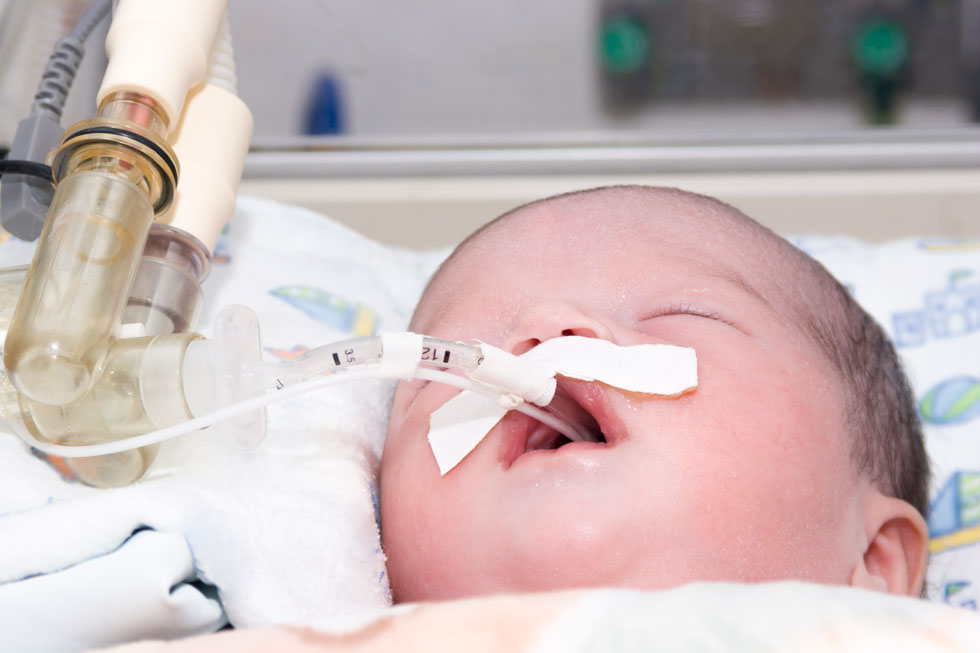
Partnerships could lead to new treatments and improved patient care.
by Christina Briscoe Abath, MD, EdM, and Keryma Acevedo, MD
Although it has gone by many other names, infantile epileptic spasms syndrome (IESS) has been described since 1841. It is the most common infantile-onset epilepsy syndrome, and first-line treatments are over 40 years old. Steroids (prednisolone or ACTH) have been used since the 1950s, and vigabatrin has been used since the 1980s. The newest effective treatment for some children, epilepsy surgery, has been prescribed for epileptic spasms since 1990. There has been consensus about the initial treatment for over a decade, as well as recognition that the lead time to standard treatment affects long-term developmental outcomes. Treatment initiation of first-line therapy is considered a priority for the clinical team.
Despite this, most children in the world continue to have long delays in diagnosis. Although present in most settings, these delays are not equally distributed. In a large series from Bangladesh, the median lead time to a standard therapy was 5 months. Even in Boston (U.S.), the average lead time to standard therapy was 29 days. In the U.S., BIPOC (Black, Indigenous, and People of Color) infants, and those whose caregivers speak another language, are more likely to have delays to neurology referral.
Just as disturbing, not all children who are correctly diagnosed will receive appropriate treatment despite consensus about standard therapies. At quaternary care centers in the U.S. with pediatric epileptologists, Black/Non-Hispanic children and those with public insurance are less likely to receive a standard treatment course.
In many countries, standard therapies are not always readily available. In Chile, for example — despite access to pediatric neurologists and similar delays to diagnosis as in Boston — challenges with access to standard treatments in the public system mean that between 2015-2022, only 67% of children received a standard treatment course.
New therapies and research to understand mechanisms of disease for IESS are certainly needed, since only around half of children will respond to the first standard therapy and only around 70% will respond to early sequential or dual therapy. For this, significant increases in research for pediatric epilepsy are needed, given significant disparities in funding. The U.S. National Institutes of Health (NIH) spent approximately $68 per person with epilepsy in 2023 ($232 million for 3.4 million individuals in the U.S.). In contrast, ALS receives $9,512 per person, Alzheimer’s $583 per person, and Parkinson’s disease $270 per person. Inadequate funding for drug research and development may be one reason why there have been no new first-line medications approved for IESS since the 1980s.
Christina Briscoe Abath, MD, EdM, is incoming instructor of neurology, Boston Children’s Hospital. Keryma Acevedo, MD, is associate professor, Section of Neurology, Division of Pediatrics, Pontificia Universidad Católica de Chile, and president of the Chilean League Against Epilepsy
Editor's Choice
World Neurology | May-June 2024, Volume 39, No. 3








